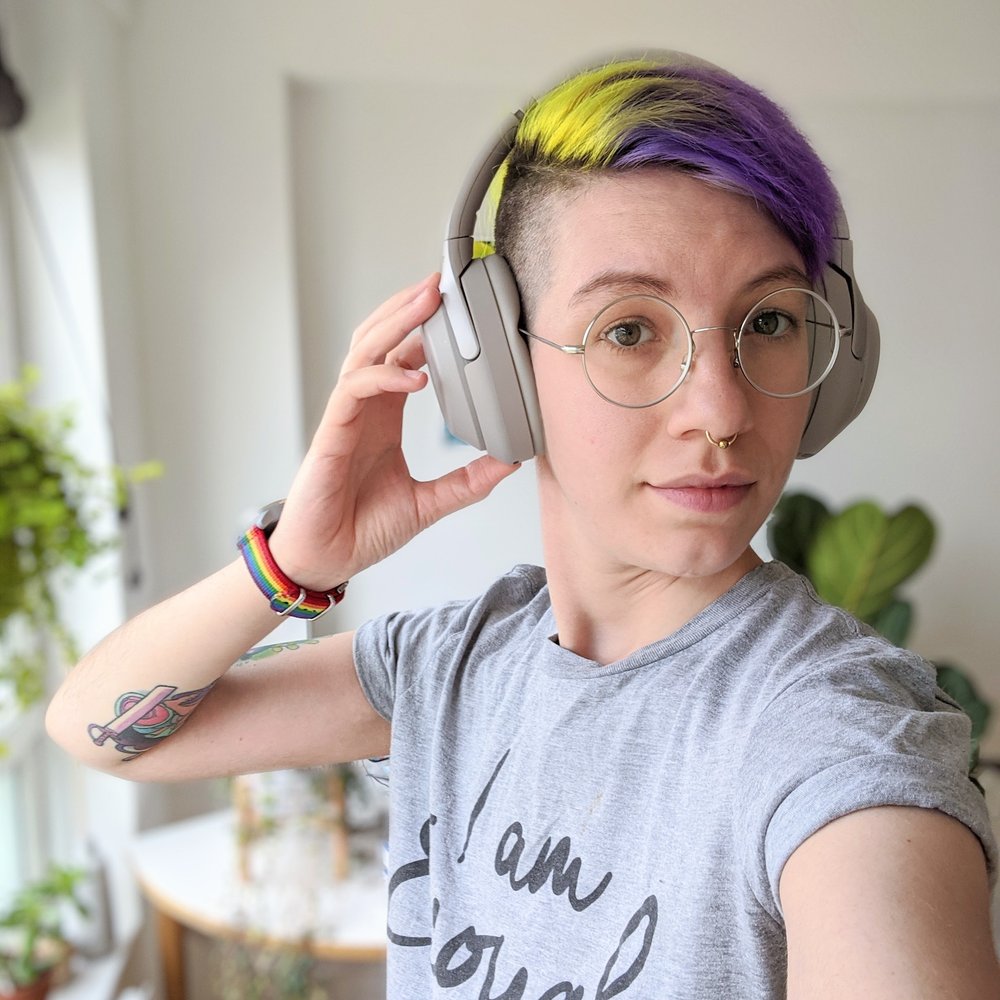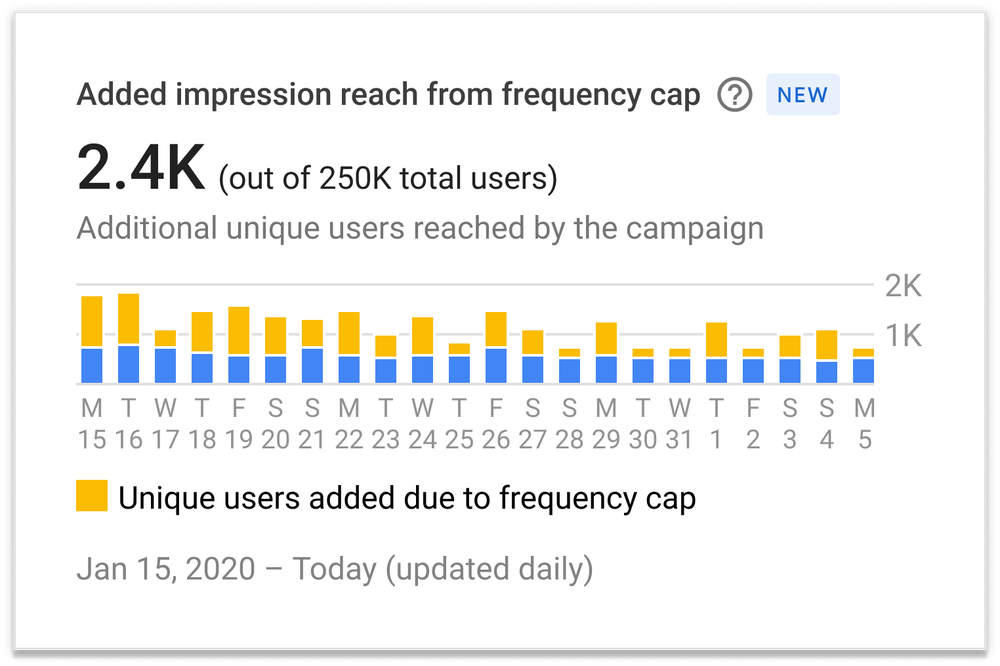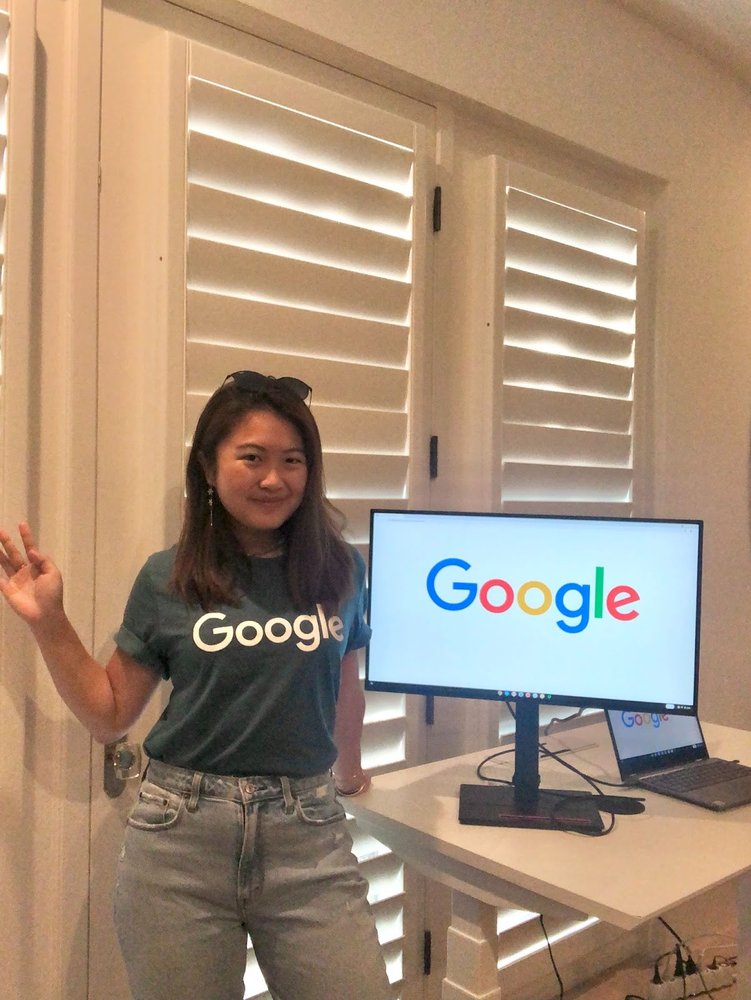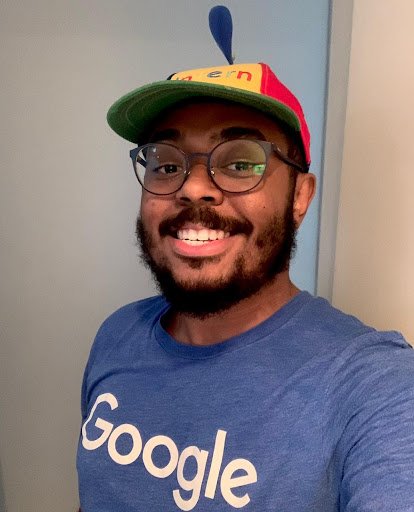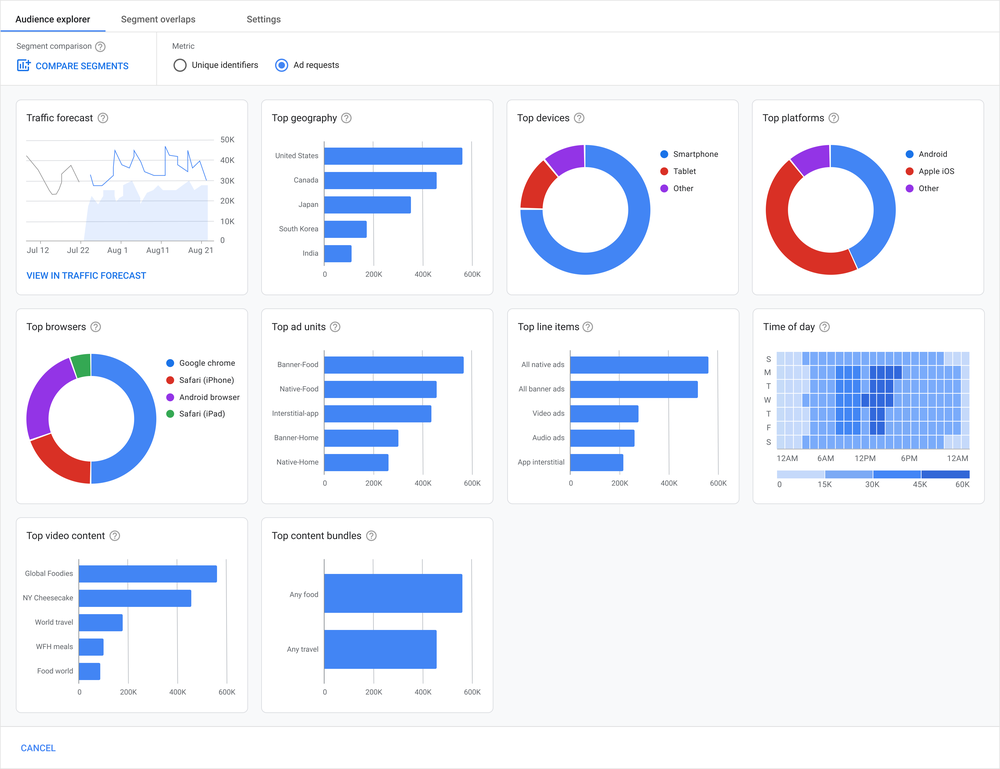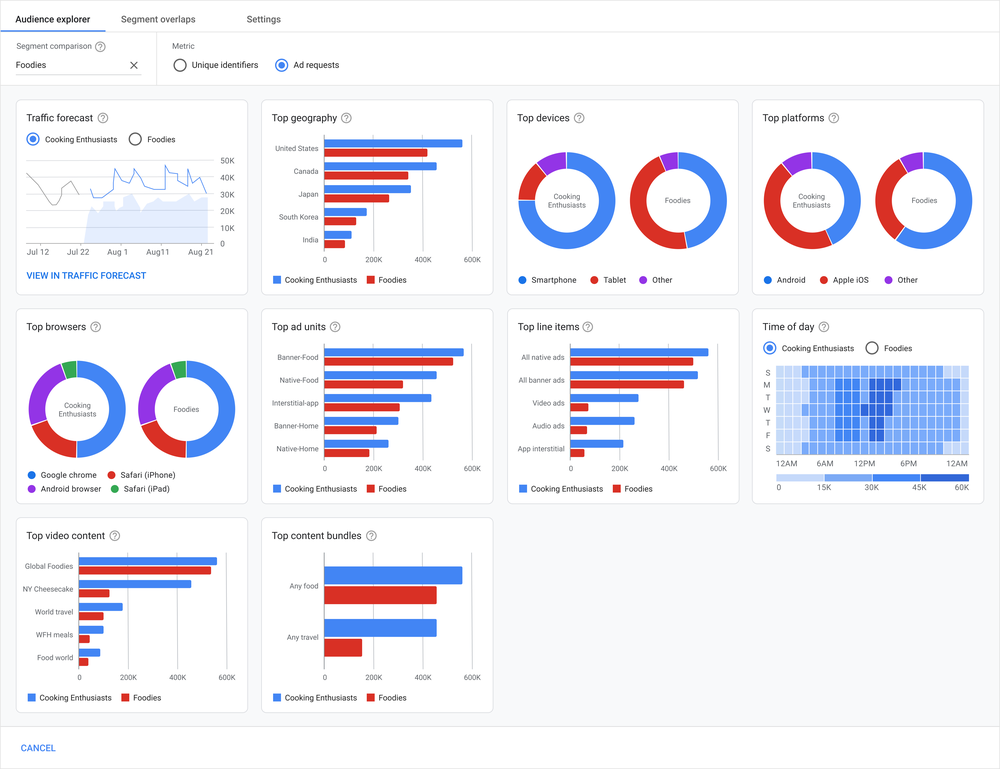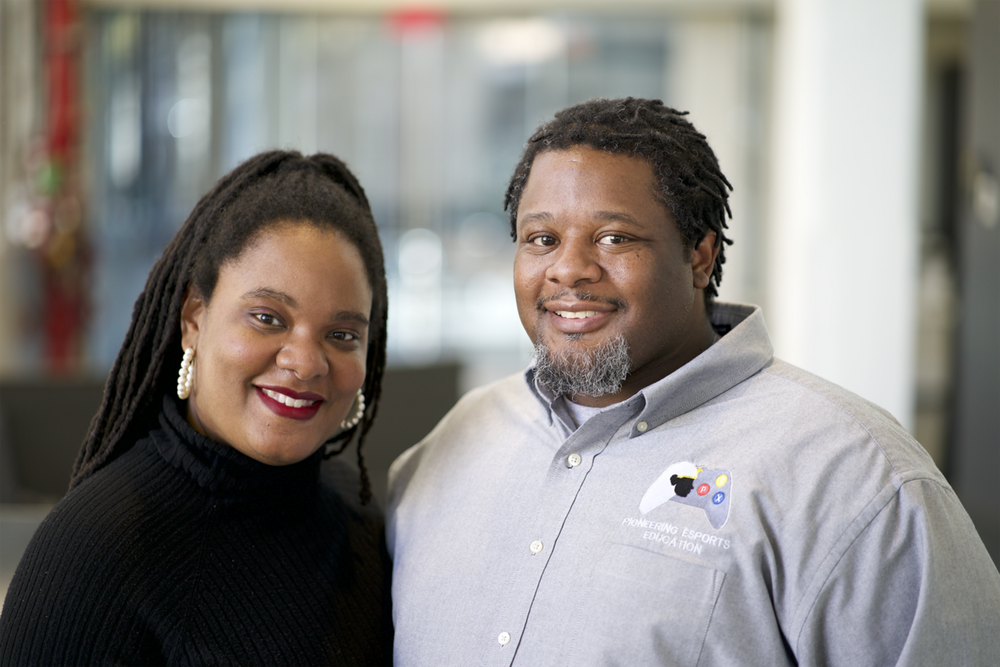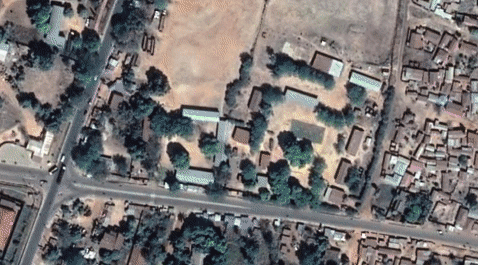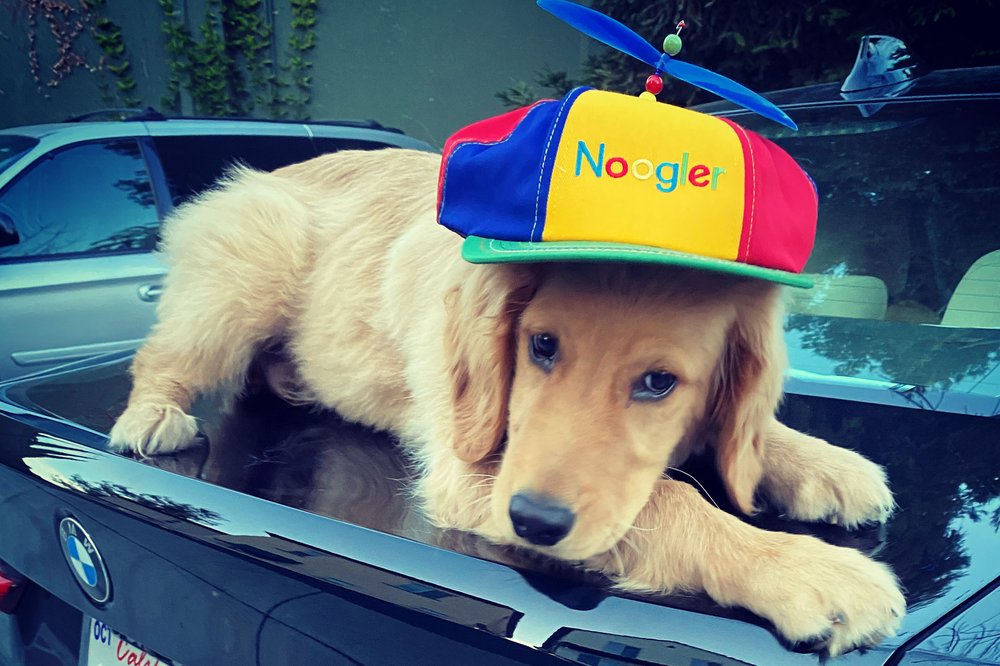Google Play Pass helps you connect with awesome digital content: It’s your pass to hundreds of apps and games without ads and in-app purchases. We wanted to take another moment to spotlight a few of the games and developers we think you’ll enjoy.
Dive into the newest games

Tesla vs Lovecraft
An epic showdown between man vs monsters.
PRICE:$9.99Free with Google Play Pass subscription
Play as enigmatic inventor Nikola Tesla as you mow down nightmarish monsters from the mind of famed horror author H.P. Lovecraft.

Delight Games (Premium Library)
70+ interactive volumes to immerse you in new worlds.
PRICE:$29.99Free with Google Play Pass subscription
Enjoy a massive new trove of choose your own adventure stories that span every possible world from fantasy to mystery, horror, adventure and even some romance.
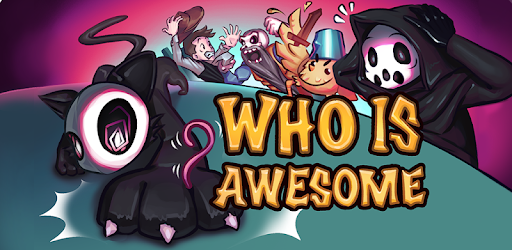
WHO IS AWESOME
Fall, chase and flip your way to victory in this two-directional platformer!
PRICE:$0.99Free with Google Play Pass subscription
Chase and run your way through different lands in a single-player mini-game collection that challenges you to outthink characters from four popular games.

Starman
Recover the light, and bring life back!
PRICE:$4.49Free with Google Play Pass subscription
Guide Starman through a breathtaking series of atmospheric architectural scenes and elaborate puzzles that are challenging, relaxing and immersive.
Explore the titles we ❤️

Super Glitch Dash
The ultimate twitch runner has arrived.
PRICE:Free(No in-app purchases with Google Play Pass subscription)
Get ready to immerse yourself in this jaw-dropping, rhythm-driven runner that takes everything you love about the acclaimed original Glitch Dash to the next level.

Cytus II
From the makers of Cytus, experience a whole new chapter.
PRICE:$1.99Free with Google Play Pass subscription
Step into the future, where a mysterious DJ legend is at the center of this music rhythm game that puts 100+ songs from all over the world at your fingertips.
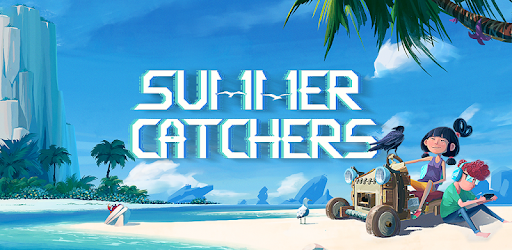
Summer Catchers
Embark on an epic road trip adventure of a lifetime.
PRICE:$3.99Free with Google Play Pass subscription
Travel to distant uncharted lands full of mystery, strange creatures and exciting races as you pursue a quest to finally experience summer.
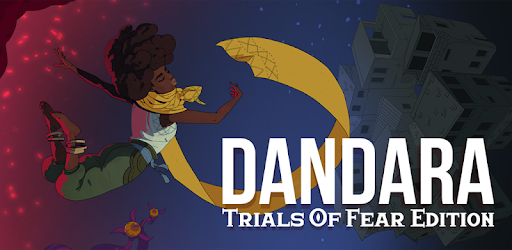
Dandara: Trials of Fear Edition
The world of Salt is on the brink of collapse. Its only hope is Dandara.
PRICE:$5.99Free with Google Play Pass subscription
Defy gravity and discover secret mysteries in this 2D metroidvania platformer that puts you in a battle for survival against enemies bent on oppression.
No need for FOMO: Check out everything that’s been added since June 1, 2021.
Action
Lovecraft's Untold Stories
Space Marshals 3
Tesla vs Lovecraft
Adventure
Angelo and Deemon: One Hell of a Quest (Full)
Death Road to Canada
DISTRAINT 2
Heal: Pocket Edition
Pango Kumo - weather game for kids 3-6
Pango Pirate - Adventure Game for kids
Timo - Adventure Puzzle Game
Arcade
Aftermath
Bermuda Triangle
Color Ball Blast
Daggerhood
DRAW CHILLY
Super Drop Land
Whale Trail Classic
WHO IS AWESOME
Art and Design
Pango Paper Color - colouring book game for kids
Board
Draughts
Books and Reference
Dictionary.com Premium
Card
21 Smash - Best mix of Solitaire and BlackJack
Brave Hand
Castle Solitaire: Card Game
Casual
Pango Sheep: get all the sheep
Snail Bob 3
Education
The Bugs 2: What Are They Like?
Extraordinary Women
How do Animals Work?
Make It - Create Educational Games & Quizzes
May the Forces Be With You
Monopoly Junior
My Green City
My Little Pony: Story Creator
Educational
Car City: Kindergarden Toddler Learning Games
Car City Puzzle Games - Brain Teaser for Kids 2+
Car Patrol Hide & Seek: Preschool Animals Safari
Carl the Super Truck Roadworks: Dig, Drill & Build
Kiddopia
Logic Club
Pango Fox Factory - Coding Games For Kids
Pango Build City: create train tracks for children
Entertainment
Tonka: Trucks Around Town
Health and Fitness
Hydro Coach PRO - drink water
Lifestyle
Time Until | Beautiful Countdown App + Widget
Music
Pango Musical March : music game of marching band
Percuss — Rhythm Sequencer
Music and Audio
AudioLab 🎵 Audio Editor Recorder & Ringtone Maker
Strobe Tuner Pro: Guitar Tuner, Violin, Ukulele, …
Photography
PicLab - Photo Editor
TouchRetouch
Puzzle
Amigo Pancho
Azkend 2: The World Beneath
Dream Detective
The Eyes of Ara
Grids of Thermometers
Hashi Puzzle
hocus 2
I Love Hue Too
Oculux
Pango Blocks : puzzle game for kids 4 - 8 years
Pango One Road : logical labyrinth for children
Pettson's Inventions 2
Puzzle Retreat
Rip Them Off
Starman
Twinfold
YANKAI'S DIAMOND
Racing
Dead Paradise: Car Shooter & Action Game
Dirt Trackin Sprint Cars
Roleplaying
Cyberlords - Arcology
Delight Games (Premium Library)
RPG Aeon Avenger - KEMCO
RPG Grinsia
RPG Alphadia2
Space Raiders RPG
Undead Horde
Yōdanji: The Roguelike
Simulation
Casino Crime
The Little Crane That Could
Pango Build Safari : animal park for kids 3 - 8
Pig io - Pig Evolution io games
Shiny Ski Resort
Sports
Super Soccer Champs 2021
Strategy
Maze Machina
Pocket Harvest
Tactic Master - Strategy Battle & Tower Defense
Wanna Survive
Weather
Weather Forecast 14 days Pro - Meteored News
Weather XS PRO
Word
String of Words
by James Kavanagh via The Keyword

